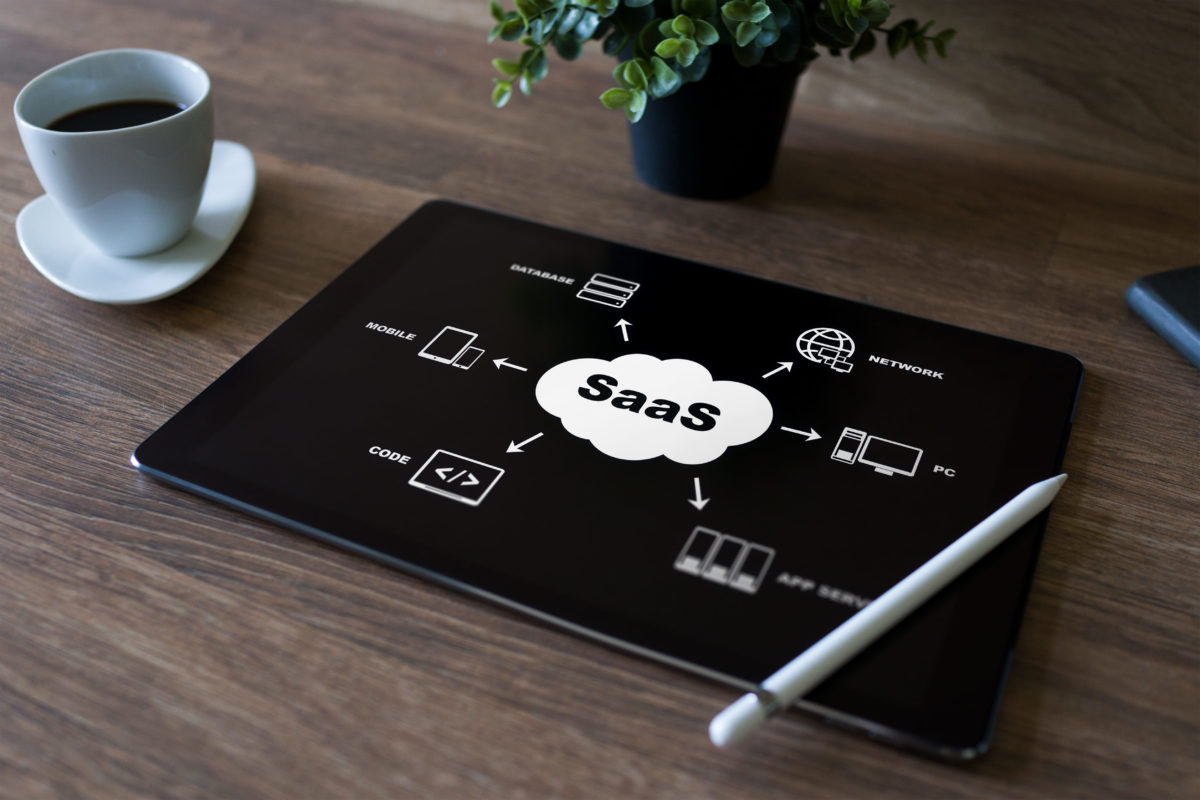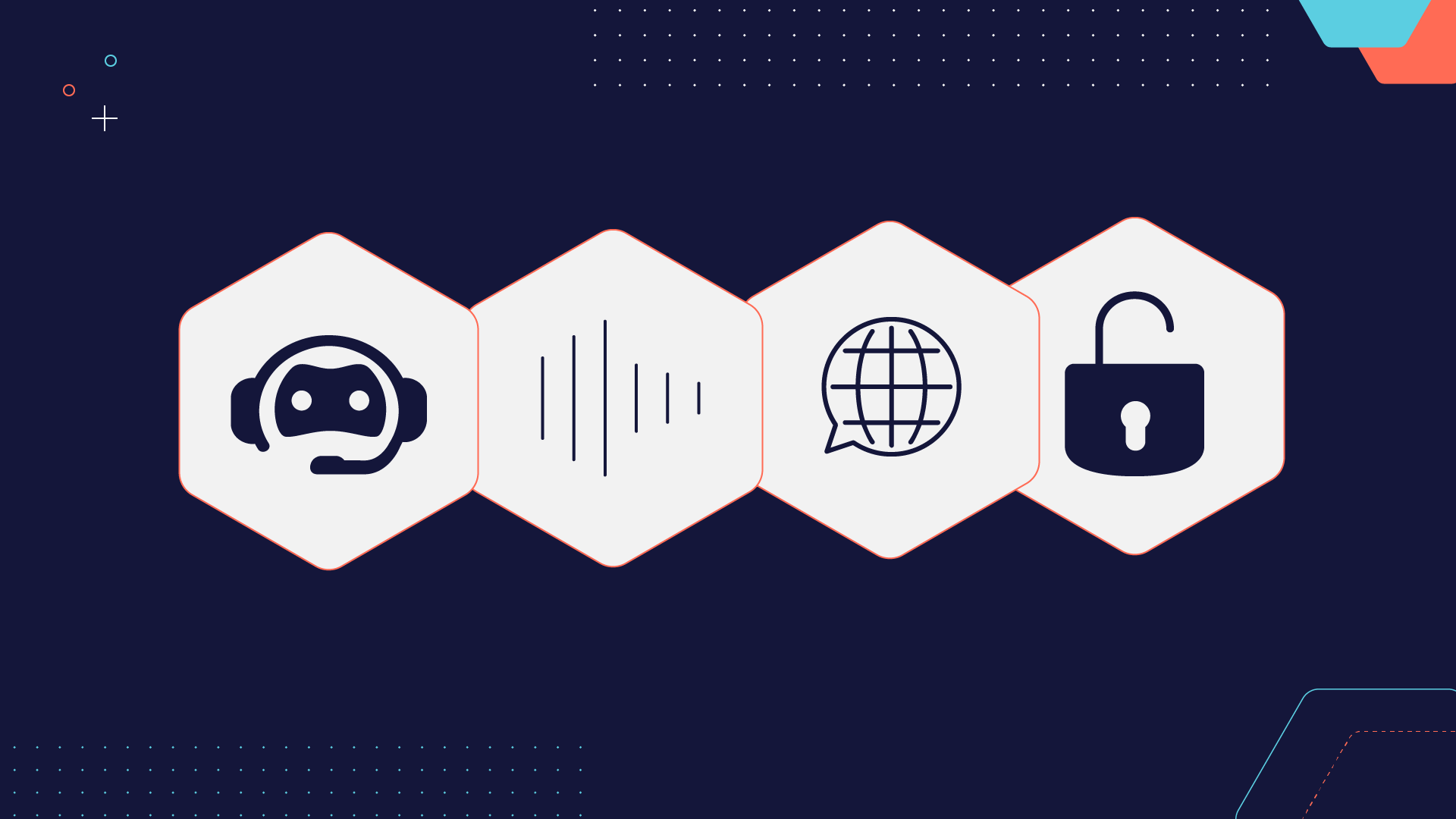With the rise of cloud computing, “as a service” abbreviations became the new buzzwords in the business world.
The cloud is slowly becoming the norm among businesses, as the majority of companies have already started to move at least some of their operations from on premise to the cloud.
If you haven’t done so already, and are considering moving your operations to the cloud, you’ll need to get familiar with the main types of cloud computing that exist: SaaS, IaaS and PaaS.
In this article, we’ll explain the difference between SaaS, IaaS and PaaS, these often confusing abbreviations. Make sure to read on to find out which one is the most ideal for your business solution!
SaaS: Software as a Service
SaaS, or Software as a Service, is the most utilized form of cloud computing used by businesses. As its name suggests, SaaS refers to software solutions that are available over the internet via a third party. Businesses that use a SaaS solution rely on a third-party vendor who is responsible for hosting and maintaining the software.
As the software is hosted by a third party or provider, your company can gain access to the tool without having to install the application on your computers. Furthermore, the provider is also responsible for ensuring the software is always up and running, allowing you to significantly reduce maintenance costs.
SaaS solutions are becoming more and more popular among businesses as they are affordable, easy to use and scale, and don’t require IT knowledge in order to set them up.
There are countless examples of SaaS solutions out there, include our own software for contact center called VCC Live, and also Salesforce (with which VCC integrates), or Microsoft Office 365, to just name a few.
IaaS: Infrastructure as a Service
Infrastructure as a Service, or IaaS, is another form of cloud computing that offers virtualized resources over the internet, meaning a provider utilizes their own hardware to host anything from software to servers and storage, and lending it out to users.
Similar to other forms of cloud computing, one major benefit of IaaS solutions is that they’re highly cost-effective. As we all know, maintaining an on premise IT infrastructure requires significant investment and maintenance costs. IaaS solutions, in contrast, allow businesses to only purchase resources they need, instead of having to buy physical hardware. In addition, IaaS solutions can also be easily scaled up or down when needed, bringing significant flexibility to businesses.
As it becomes less common to rely on on premise solutions, choosing an IaaS software is getting more and more popularity. And as they operate on a pay-as-you-use model, IaaS solutions are ideal for the majority of business, regardless of shape or size.
A great example of an IaaS provider is Microsoft Azure.
PaaS: Platform as a Service
The third main type of cloud computing is PaaS, or Platform as a Service, which also offers services to your business over the internet.
PaaS is very similar to IaaS, however, while IaaS delivers an infrastructure (for example servers), PaaS delivers an entire platform for businesses to build and develop their own applications. PaaS providers host hardware and software tools over the internet, which can typically be utilized by developers.
Again, the benefits are similar to other forms of cloud computing. Just as with other options, PaaS is also charged on a pay-as-you-go basis, allowing businesses to cut the costs of constructing their own physical servers and infrastructure. Furthermore, as everything is accessed via the internet, easy usage and flexibility are also characteristics of PaaS solutions.
One popular example of PaaS providers is Google App Engine.
Let’s recap the differences between SaaS, IaaS and PaaS: SaaS offers ready-to-use software solutions over the internet, IaaS delivers infrastructure and hosts virtualized resources (like a server) over the internet, while PaaS allows you to focus on app development instead of infrastructure management.



















